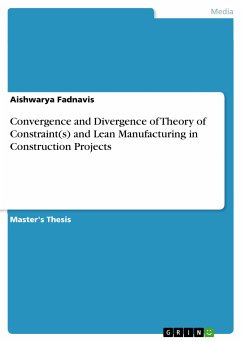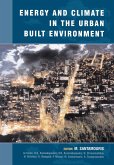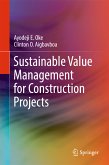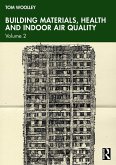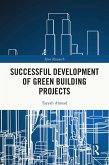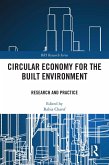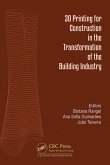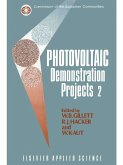Master's Thesis from the year 2018 in the subject Art - Architecture / History of Construction, grade: Distinction, Queen's University Belfast, language: English, abstract: The purpose of the study is to provide effectively managed constraints by defining constraints that prevent their targets and thus to increase the profitability of firms. Identifying and removing constraints from bottleneck activities help to reduce uncertainties in construction processes and increases the transparency of project management. Various continuous improvement (CI) strategies have been developed and applied to improve manufacturing system performance. This paper studies the combination of two distinct strategies, Lean Manufacturing (LM) and Theory of Constraint(s) (TOC), for improving manufacturing system performance. The research includes reviews of these two methodologies and the implementation process involved in each strategy. Examination of the possibilities to improve manufacturing system performance through integration of these two strategies. The effectiveness of the integrated approach along with an examination of different factors, recommendations, and presentation of best possible management practices for the application of this integrated approach. In an organization, there are attempts to achieve multiple projects with common, shared resources; the work can be challenging. Managers might find themselves on project overload with continual resource shortages and difficulty in determining the most important tasks. The focus of the research is on the elimination of non-value added activities through an application of a management philosophy that identifies and eliminates the waste from each step in the production throughout the Value Stream. A comparative analysis is carried out through reviews and studies regarding Lean Process and TOC- application to determine the manager's potential benefits like reduced production lead-time and lesser work-in-process inventory.
Dieser Download kann aus rechtlichen Gründen nur mit Rechnungsadresse in A, B, BG, CY, CZ, D, DK, EW, E, FIN, F, GR, HR, H, IRL, I, LT, L, LR, M, NL, PL, P, R, S, SLO, SK ausgeliefert werden.

